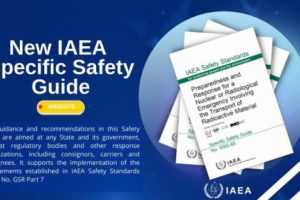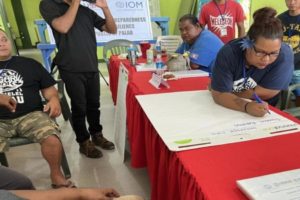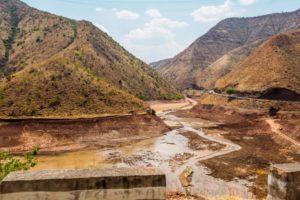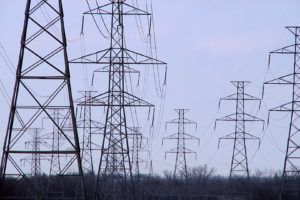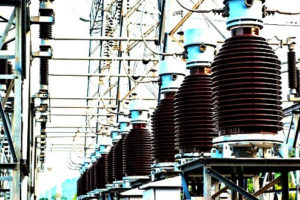UNOCT launches five new thematic guides on Protecting Vulnerable Targets Against Terrorist Attacks
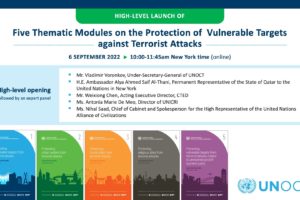
The United Nations Office of Counter-Terrorism (UNOCT) hosted a high-level virtual event to launch five new specialized guides (modules) dedicated to the protection of particularly vulnerable targets against terrorist attacks, on 6 September 2022. “Vulnerable targets” refers to public places (e.g. tourist venues, urban centers, religious sites) or critical infrastructure (e.g. public transportation systems, energy sector) which are easily accessible and relatively unprotected, and therefore vulnerable to terrorist attacks.
The online launch event was opened by the Under-Secretary-General of the United Nations Office of Counter-Terrorism (UNOCT), Mr. Vladimir Voronkov, along with the Permanent Representative of Qatar to the United Nations, H.E. Ambassador Alya Ahmed Saif Al-Thani; Acting Executive Director of the United Nations Counter-Terrorism Committee Executive Directorate (CTED), Mr. Weixiong Chen; Director of the United Nations Interregional Crime and Justice Institute (UNICRI) Ms. Antonia Marie De Meo; and Chief of Cabinet of the Under-Secretary-General of the United Nations Alliance of Civilizations (UNAOC), Ms. Nihal Saad.
The participants included decision-makers, practitioners and experts on vulnerable targets protection from Member States, international and regional organizations, the private sector, civil society and academia, including members of the United Nations Global Expert Network to Protect Vulnerable Targets against Terrorist Attacks.
The high-level opening was streamed live via UN WebTV. It will be followed by an expert session, during which Member States will share experiences, good practices and tools related to the themes of the five modules:
1. The protection of “soft" targets;
2. The protection of touristic sites;
3. The protection of religious sites and places of worship;
4. The protection of urban centres; and
5. Threats posed by unmanned aircraft systems (UAS) to vulnerable targets.
The 5 modules are published in Arabic, English, French and Russian and are presented by the United Nations Global Programme on Countering Terrorist Threats Against Vulnerable Targets, which is led by UNOCT and jointly implemented with CTED, UNICRI and UNAOC.
The new guides present the knowledge and resources and lessons learned identified during the three Expert Group Meetings held by UNOCT with partners CTED, UNAOC and UNICRI in 2021. They also complement the 2018 United Nations Compendium of Good Practices on the Protection of Critical Infrastructure (CIP) against Terrorist AttacksPDF by focusing on public places/"soft" targets as distinct types of sites worthy of a dedicated security approach. The guides feature specific case studies, good practices and recommended tools from around the world to support both the public and private sectors to further strengthen the safety and security of their public places, keeping them open and accessible and promoting shared responsibility.


